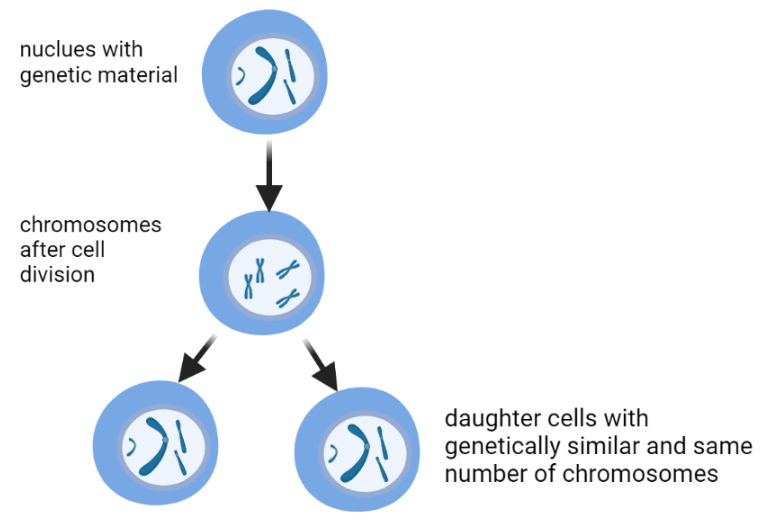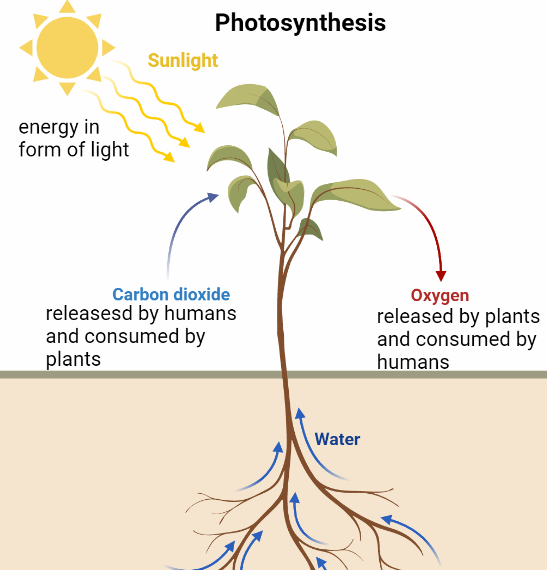- 21 Sections
- 71 Lessons
- 10 Weeks
- 1. Characteristics and classification of living organisms10
- 1.11.1-Movement, Sensitivity, Growth
- 1.21.2-Respiration, Reproduction
- 1.31.2.1 Concept and uses of classification systems
- 1.41.2.2 Concept and uses of classification systems-Extended
- 1.51.3 Features of Organisms
- 1.61.3.3 Main groups of Invertebrates
- 1.71.3.4 Groups of the kingdom animalia
- 1.81.3.5 Main features of organisms of kingdom plantae(For extended)
- 1.91.3.6 Features comparison among five kingdoms(For extended)
- 1.101.3.7 Features of viruses (For extended)
- 2. Organization of the Organism5
- 3 Movement into and out of Cells5
- 4. Biological Molecules1
- 5. Enzymes1
- 6. Plant Nutrition2
- 7 Human Nutrition5
- 8 Transport in Plants4
- 9 Transport in animals4
- 10 Diseases and immunity1
- 11 Gas exchange in humans1
- 12 Respiration3
- 13. Excretion in humans1
- 14. Coordination and response5
- 15. Drugs1
- 16. Reproduction6
- 17. Inheritance3
- 18. Variation and selection3
- 19. Organisms and their environment3
- 20. Human influences on ecosystems4
- 21. Biotechnology and genetic modification3
1.2-Respiration, Reproduction
1.2.1-Respiration, Reproduction
1.2.1 Reflecting Evolutionary Relationships:
Description:
- The energy-releasing process which converts glucose into Co2 and water to produce ATP(adenosine triphosphate) is called cellular respiration. Living organisms require energy to work and respire to fulfill these energy requirements.
- This energy is formed in a series of small events through chemical reactions. Mitochondria are considered the powerhouse of the cells, as most of the energy-producing processes take place in this organelle.
Types of cellular respiration are given as
- Aerobic respiration: oxygen is required to splits the glucose molecule to generate energy.
C6H12O6 + 6O2 = 6CO2+6H2O2+ATP(energy)
- Anaerobic respiration: it does not require oxygen to occur it. So it takes place in the absence of oxygen. lactic acid is formed instead of water and Co2 During anaerobic respiration by splits down sugar molecule as glucose(Glucose= lactic acid + ATP(energy))
0610/0970/22 Feb-Mar 2019
Q#: A living organism, X, can make its own food, get rid of toxic materials and detect and respond to stimuli.
What other four processes must organism X carry out to stay alive?
A. excretion, growth, movement, sensitivity
B. excretion, growth, nutrition, respiration
C. growth, movement, reproduction, respiration
D. movement, reproduction, respiration, sensitivity
1.2.2 Reproduction:
the processes that make more of the same kind of organism
Description:
The process of living organisms forming the same kinds of new offspring by sexual or asexual methods is called reproduction.
- Asexual reproduction contains one parent, and offspring are genotypically and phenotypically the same as the parent.
- Sexual reproduction occurs in eukaryotes, where sex organs are used to produce new progeny, and these are not 100% genotypically and phenotypically identical to their parents.
Sexual reproduction

Asexual reproduction

0610/0970/22 Feb-Mar 2017
Q#: The diagram shows how a seed changes after it is planted in soil and watered.
Which characteristics of living things are demonstrated by this sequence?
- excretion and growth
- growth and sensitivity
- nutrition and reproduction
- nutrition and sensitivity
1.2.3 Excretion:
the removal from organisms of toxic materials, the waste products of metabolism (chemical reactions in cells including respiration) and substances in excess of requirements)
Description:
- The removal of metabolic waste products and material from the body over requirement is called excretion.
- Chemical reactions occur during metabolism; respiration is the primary example of metabolism. In animals, urine and other waste material remove during excretion, and in plants, excretion occurs during leaf falling as waste material stored within leaves in plants.
Excretion in human
Excretion in plants
0610/0970/22 Feb-Mar 2020
Q#: Which characteristic do all living organisms show?
A. breathing
B. excretion
C. photosynthesis
D. tropism
taking in of material for energy, growth and development
Nutrition
- Nutrition is the process in which the body obtains necessary substances and energy for development, growth, and repair.
- Nutrients control body processes, energy, and material formation. Nutrient classes are categorized as macronutrients or micronutrients, depending on how much the body needs
Macronutrients
- Nutrients the body needs in relatively large amounts are called macronutrients. They include carbohydrates, proteins, lipids, and water.
Micronutrients
- Nutrients the body needs in relatively small amounts are called micronutrients. They include vitamins and minerals.
- Plants get nutrition through photosynthesis, in which plants prepare energy (food) during sunlight.

0610/0970/21 May-June 2019
Q#: The diagram shows a leaf on a plant.
Which characteristic of life is represented by this diagram?
- excretion
- nutrition
- respiration
- sensitivity
✅ Movement: an action by an organism causing a change of position or place
✓ Know the difference between locomotion (movement of the whole organism) and movement of parts of the organism (e.g. cilia, flagella, muscles)
✓ Be able to give examples of different types of movement in animals and plants (e.g. amoeba, earthworm, sunflower)
✓ Understand how movement is related to the need for survival (e.g. finding food, escaping predators, responding to stimuli)
✅ Sensitivity: the ability to detect and respond to changes in the environment
✓ Know the difference between a stimulus (a change in the environment) and a response (a reaction to a stimulus)
✓ Be able to give examples of stimuli and responses in animals and plants (e.g. light, temperature, touch, chemicals)
✓ Understand how sensitivity is related to the need for survival (e.g. avoiding harm, maintaining homeostasis, finding mates)
✅ Growth: a permanent increase in size or mass by an increase in cell number or cell size or both
✓ Know the difference between growth by cell division (mitosis) and growth by cell enlargement
✓ Be able to describe the stages of mitosis and explain its importance for growth and repair
✓ Understand how growth is related to the need for survival (e.g. reaching maturity, competing for resources, adapting to changes)
